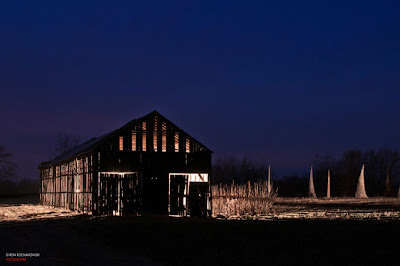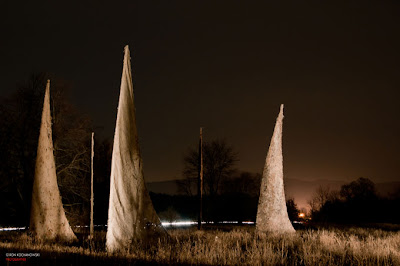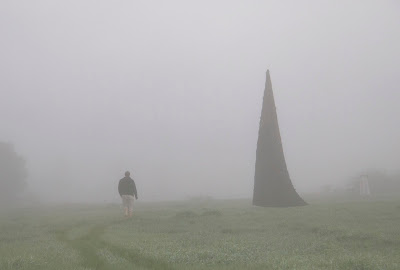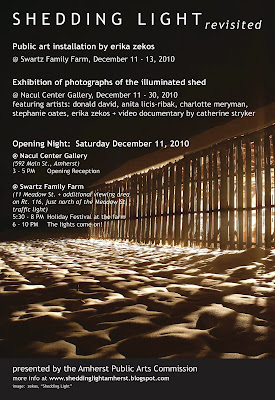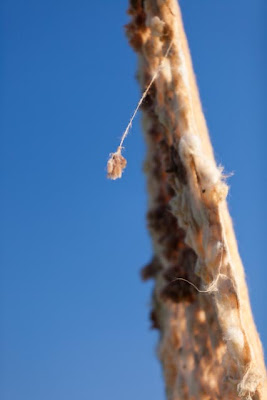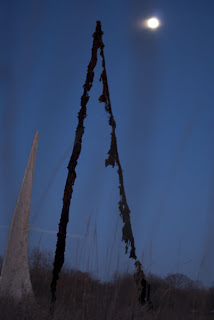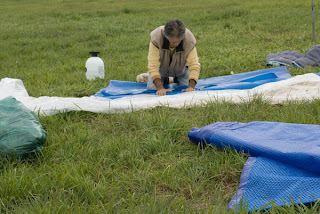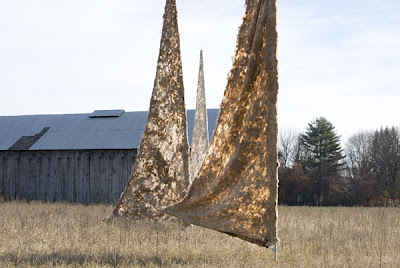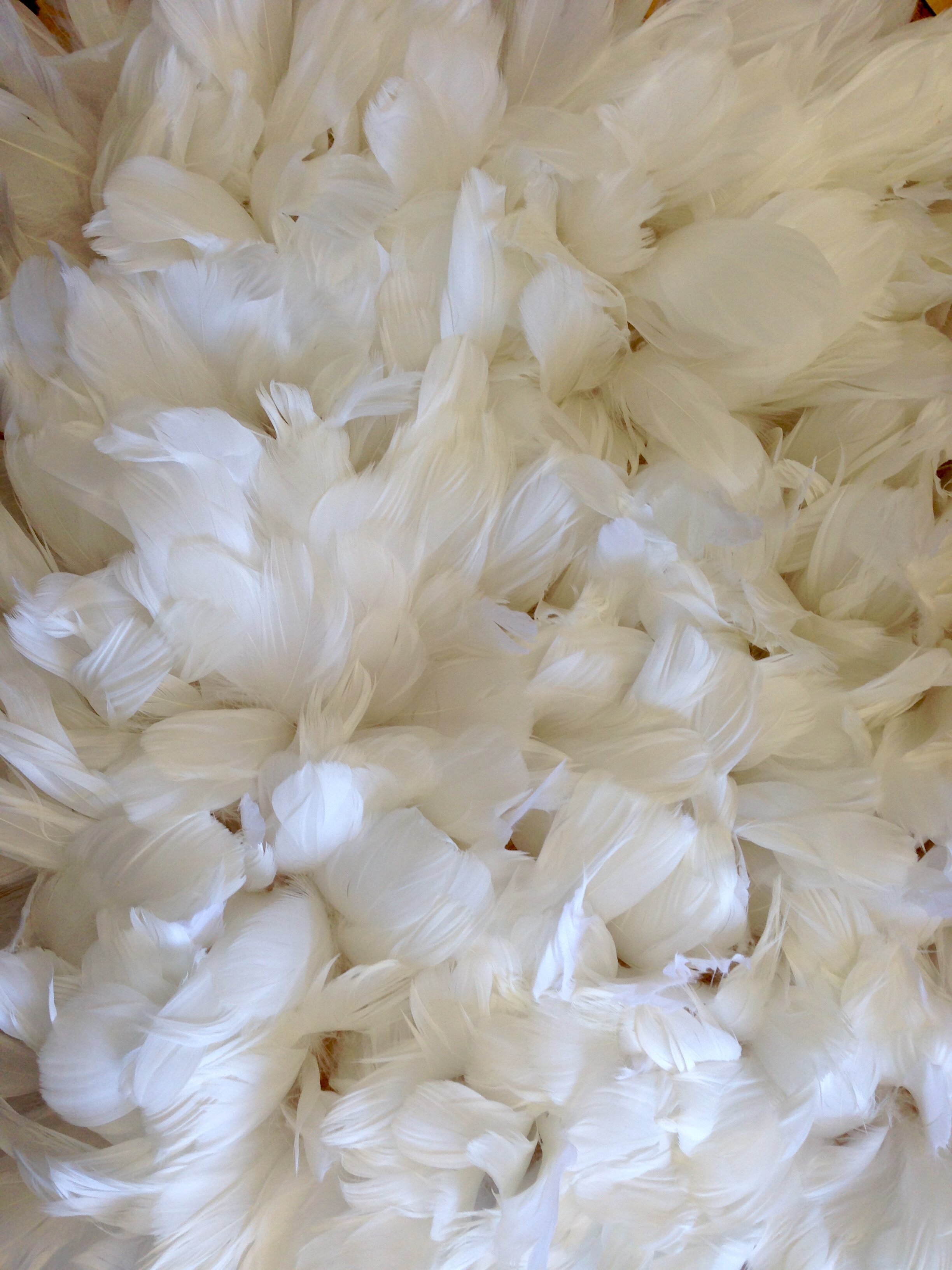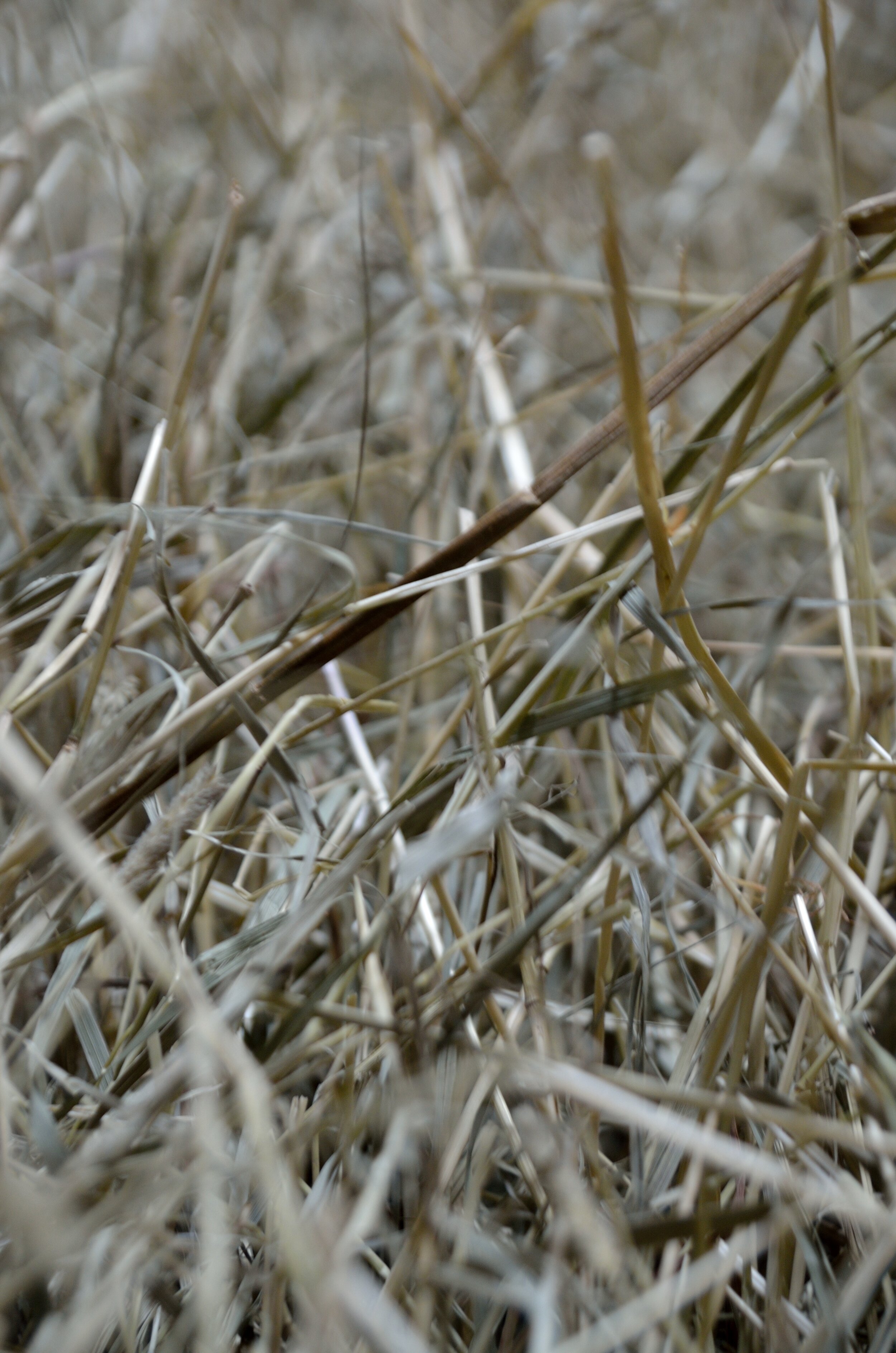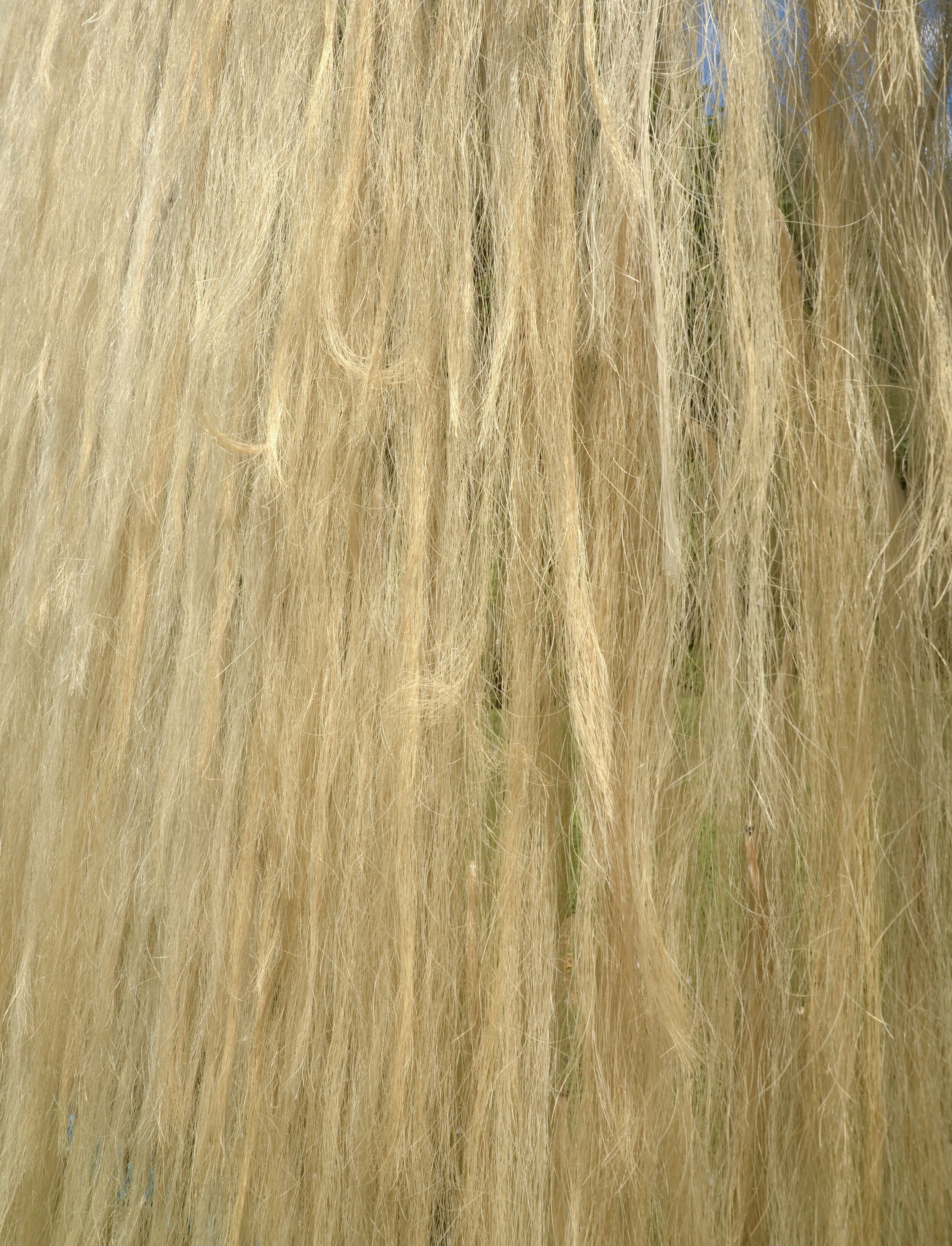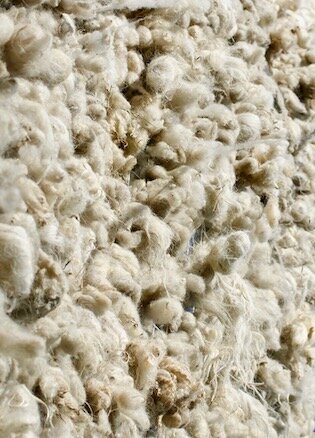Pleiades was deinstalled today in the rain. It was sobering carrying the sodden sails off the field. In an installation that involved a community of helpers, this day was a solo act. With the mast and boom out of the sails a limp mixture of wool and wetness lay in my arms.
The sails started their journey at Thistlebloom farm two months ago in beautiful fall foliage, and ended last night in North Amherst at Swartz Family Farm, dancing with the community in the light of Erika Zecos' Shedding Light installation. They witnessed migrating geese, two full moons, snow, rain, sleet and hail. The sisters have transitioned from a tightly felted fleet to a wonderfully weathered, lacy and frayed with character flock. Each sail exhibits it's own personality in how it handles weather. My husband and I have spent many an evening under their spell looking up at the Pleiades constellation directly above. Friends have come from far away to witness their transition in the weather. They are the gift that keeps on giving as I have been privileged to meet a talented community of artists in the valley.
Many thanks to Ron Kochanowski for sharing his photos of the special evening of Shedding light.

